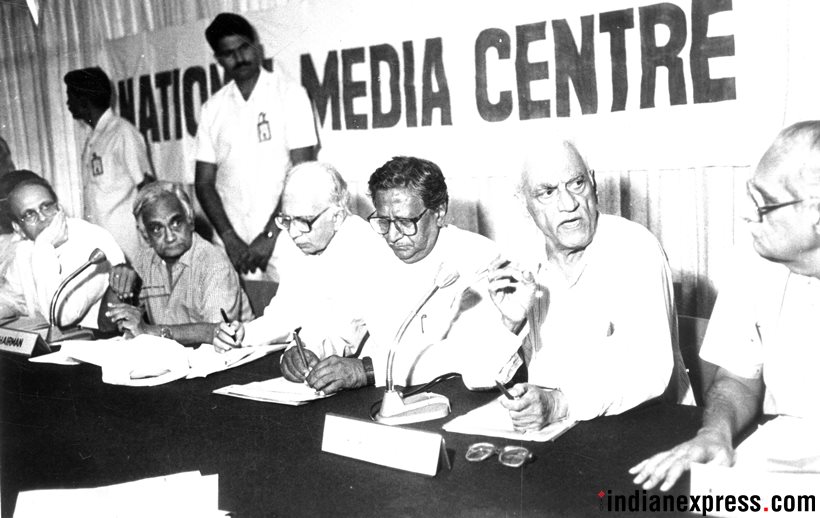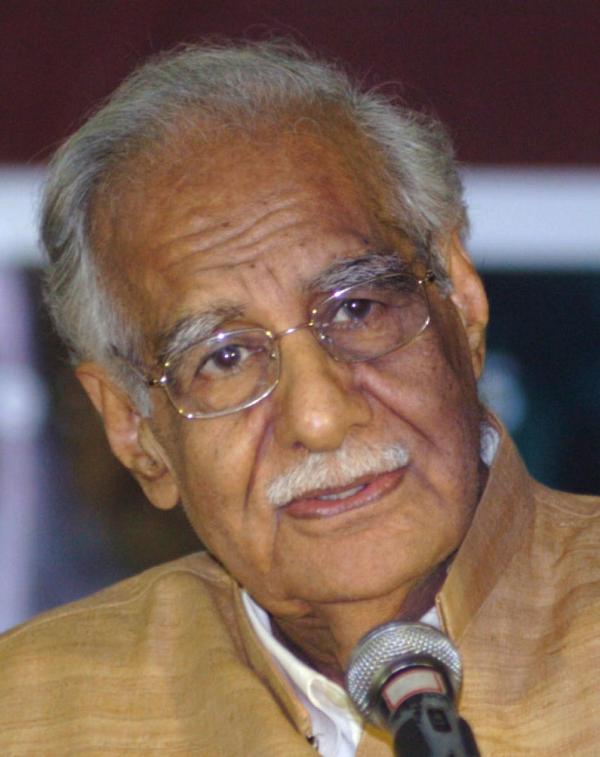
Nayar began his journalism career at Anjam – an Urdu newspaper. In 1952, he moved to Illinois, United States to study journalism at Northwestern University's Medill School of Journalism. He graduated from Forman Christian College before pursuing law in Lahore. He led various peace initiatives including lighting candles on independence days of Pakistan and India at the Attari-Wagah border near Amritsar.īorn in August 1923 in British India, Nayar spent his early childhood and youth in Pakistan. Nayar was known for his efforts to improve relations between India and Pakistan. He contributed a weekly opinion piece for The Express Tribune too. He was 95.Īccording to Indian media, the senior journalist is survived by his wife and two sons. A human rights activist, Nayar was a renowned left-wing political commentator.


Kuldip Nayar, veteran Indian journalist and author, passed away at a Delhi hospital late Wednesday night. His stand for press freedom during the Emergency, when he was detained his commitment to better relations between India and Pakistan, and his role as a human rights activist have won him respect and affection in both countries.Kuldip Nayar also authored 15 books including Beyond the Lines, India after Nehru and Emergency Retold. He corresponded for the Times for twenty five years and later served as Indian high commissioner to the UK during the V.P. He eventually became Resident Editor of the Statesman and managing editor of the Indian news agency, UNI. He began his career in the Urdu newspaper, Anjam and after a spell in the USA worked as information officer of Lal Bahadur Shastri and Govind Ballabh Pant. He was born in Sialkot in 1923 and educated at Lahore University before migrating to Delhi with his family at the time of Partition. A revelatory must-read on the 18 dark months of Democratic Indias history.Ī veteran journalist and former member of Parliament, Kuldip Nayar is India's most well-known and widely syndicated journalist. He reveals the untold atrocities committed and the chief perpetrators and their modus operandi.

With a new preface, the author reacquaints the current reader with the facts, lies and truths in an easy-to-understand, analytical style. One thing led to another until JP gave the call that the battle was between the people who wanted the government accountable and the government which was not willing to come clean.Īcclaimed author Kuldip Nayar, says the true story behind Emergency, why it was declared and what it meant is relevant now since the driving force was corruption and corruption is the watch word again. When he found no response, he took the issue to the nation. Her defence was that the Congress had no money even to run the party office. Gandhian Jayaprakash Narayan raised the matter of corruption with the Prime Minister.

Nandini Satpathy was elected to the state assembly after spending lakhs of rupees. It all started with a by-election in Orissa in 1972.


 0 kommentar(er)
0 kommentar(er)
